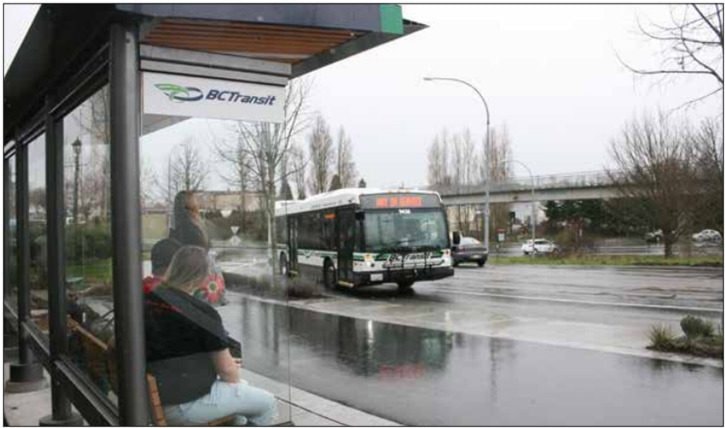The region’s transit expansion plans are back on track as the province announced Tuesday it would fund the Victoria Regional Transit Commission expansion worth $1.63 million.
The funding announcement comes just one month after the province scrapped the transit commission’s planned two-cent-per-litre fuel tax for Greater Victoria, which was likely to generate a greater amount of funds for capital expenditure.
“The $1.63 million will allow us to put our expansion plans full speed ahead,” said Susan Brice, Saanich councillor and chair of VRTC. “It was disappointing, last month, that we wouldn’t get that additional revenue from gas tax.”
It took VRTC a great amount of legwork to get the region on board with the gas tax and, in assuming it would go ahead, VRTC purchased eight new buses. When the February budget announcement came, it looked like VRTC would have to forfeit the buses to BC Transit’s provincial fleet, Brice said.
“Of the eight new buses, four will be used to augment existing routes, which are already having a hard time making the schedule work as they’re caught in congestion,” Brice said. “The other four will be used for new routes in [the Westshore], and [Esquimalt] dockyard route, and an Interurban route, to better connect Westshore to Camosun Interurban campus and Royal Oak exchange.”
In total it will provide an additional 20,000 hours in bus service.
The “much needed service expansion” will move ahead in 2017-18, said a Ministry of Transportation press release.
Brice said VRTC has agreed to the latest proposal based on the commitment that they’ll be receiving ongoing funding from the expansion of the province, through a long-term funding solution. Among the other capital needs are building more depots, exchanges and buildings.
“Transit staff will continue to meet with the ministry staff to see how that can happen, but this is the most effectively positive thing for our ridership immediately,” Brice said.
In February, Brice said the plans were to add 24,000 hours and 10 more buses to existing routes this year. “That expansion isn’t possible without the increase to the gas tax,” she said.
Transportation Minister Todd Stone called any suggestion of a service reduction “a bit premature,” saying the province increased its funding for Greater Victoria transit by 25 per cent in the province’s February budget, when considering a combination of capital and operating expenses.
While most B.C. communities split their transit costs evenly with the province, Victoria covers two-thirds of the cost of running its system.
Saanich is key to the B.C. Transit and VRTC long-term plan for a centralized hub next to Uptown. The properties are already in place, owned by B.C. Transit and MOTI, but earmarked for VRTC to purchase.
“When we need them we will take them on, and pay for them then, but at this point we haven’t paid for them, so there’s no cost to the regional taxpayers [yet],” Brice said.
The estimated total cost for a new northbound bus lane on Douglas Street from Tolmie Avenue to the McKenzie interchange is $10.05 million, with the province contributing $5.425 million and the federal government providing up to $4.625 million under the Public Transit Infrastructure Fund.
